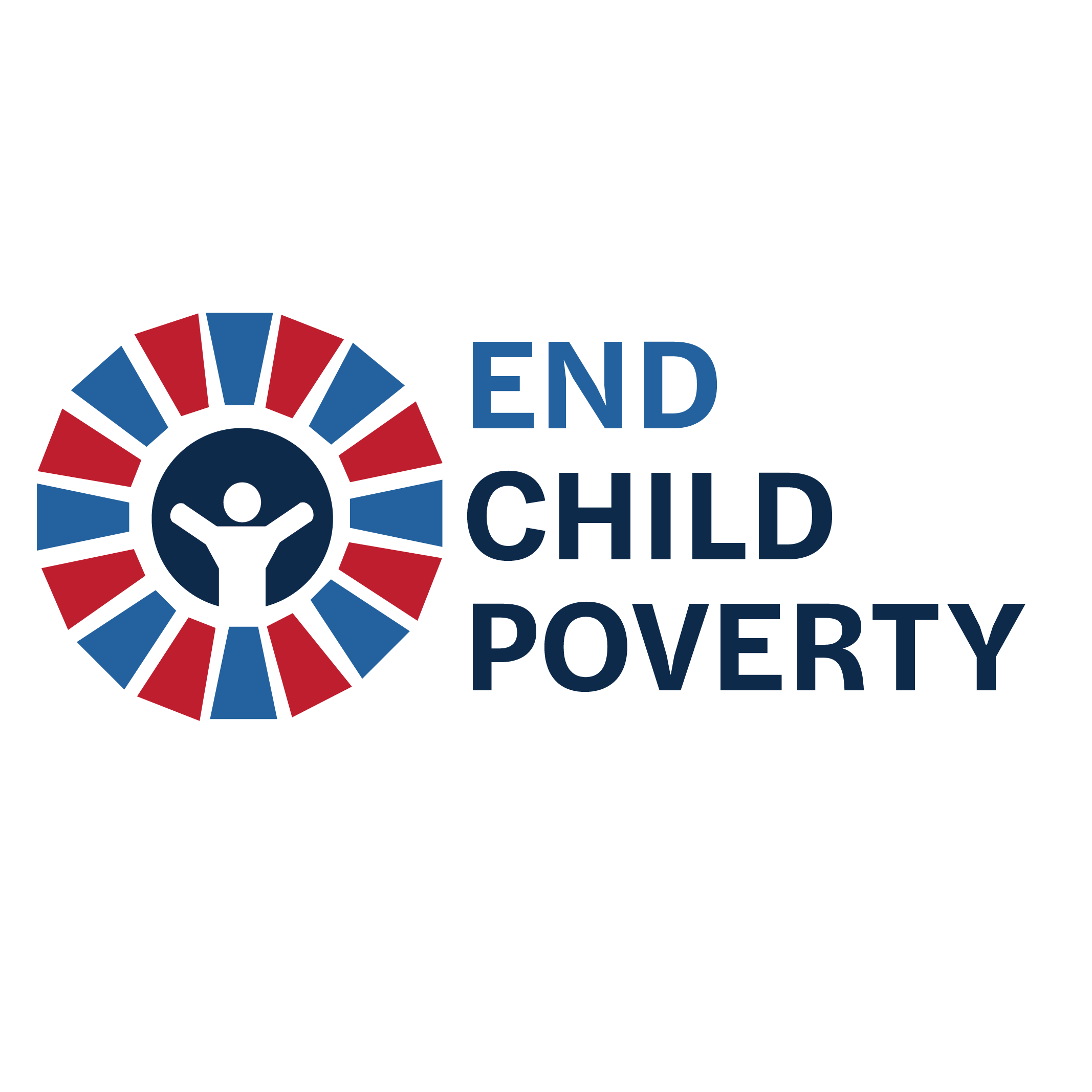Keeping up with progress: How the U.S. can follow the world’s lead on child poverty
Cara Baldari, VP of Family Economic policy
First Focus Campaign for Children
The United States has historically had a higher level of child poverty than many other wealthy countries because we have failed to invest in our children. We spend much less than other countries on cash benefits for children, which have a bigger impact on reducing child poverty than any other mechanism.
This dismal trend in child poverty changed in 2021 when Congress made significant improvements to the Child Tax Credit. Lawmakers substantially increased the amount of the credit, especially for families with the biggest barriers to financial stability, who previously were excluded from accessing a full or even partial credit. Families with children were able to receive the credit monthly for the first half of 2021, helping them to meet monthly bills. These improvements led to the lowest U.S. child poverty rate on record — cutting child poverty nearly in half in 2021, narrowing the racial poverty gap for Black and Hispanic children, and significantly reducing food insecurity and material hardship.
So how does our child poverty rate compare to other countries now?
New research from Columbia’s Center on Poverty and Social Policy finds that after accounting for the impact of an expanded Child Tax Credit, the child poverty rate in the United States is still high, but it is closer to that of other wealthy European countries.
Specifically, before the improvements to the Child Tax Credit, the United States ranked 31 out of 34 countries (on a scale from lowest to highest child poverty rates). After accounting for the Child Tax Credit improvements, the U.S. now ranks 24 out of 34.
These comparisons use the relative measure of poverty applied by the Organization for Economic Cooperation and Development (OECD), which identifies a household as poor if their income falls below 50% of national median household income. This measurement differs in many ways from our Supplemental Poverty Measure (SPM), including by setting a higher and more accurate threshold of poverty than the SPM. As you can see from the figure below, using the OECD’s relative measure results in a higher baseline of children in poverty than the SPM before taking the Child Tax Credit improvements into account. (A higher poverty threshold + the United States’ fairly high median household income = identifying more children in poverty).
It is important to note that researchers measured the impact of CTC improvements using poverty data from 2016-2018, because those years featured more usual economic conditions than 2019-2021, where data collection and economic conditions were skewed by the impact of COVID-19.
Despite the significant impact of the improvements to the Child Tax Credit, they expired at the end of 2021, and since then we have seen increases in child poverty and food insecurity.
We should learn from our other countries and urge Congress to:
a) renew these improvements without delay;
b) establish a national child poverty reduction target with the ultimate goal of ending child poverty in the United States.
Other countries provide us with useful lessons on the positive impacts of cash benefits and setting child poverty reduction goals (United Kingdom, Canada, New Zealand, Ireland). The United States should follow suit and implement policies to end child poverty and help all children thrive.


